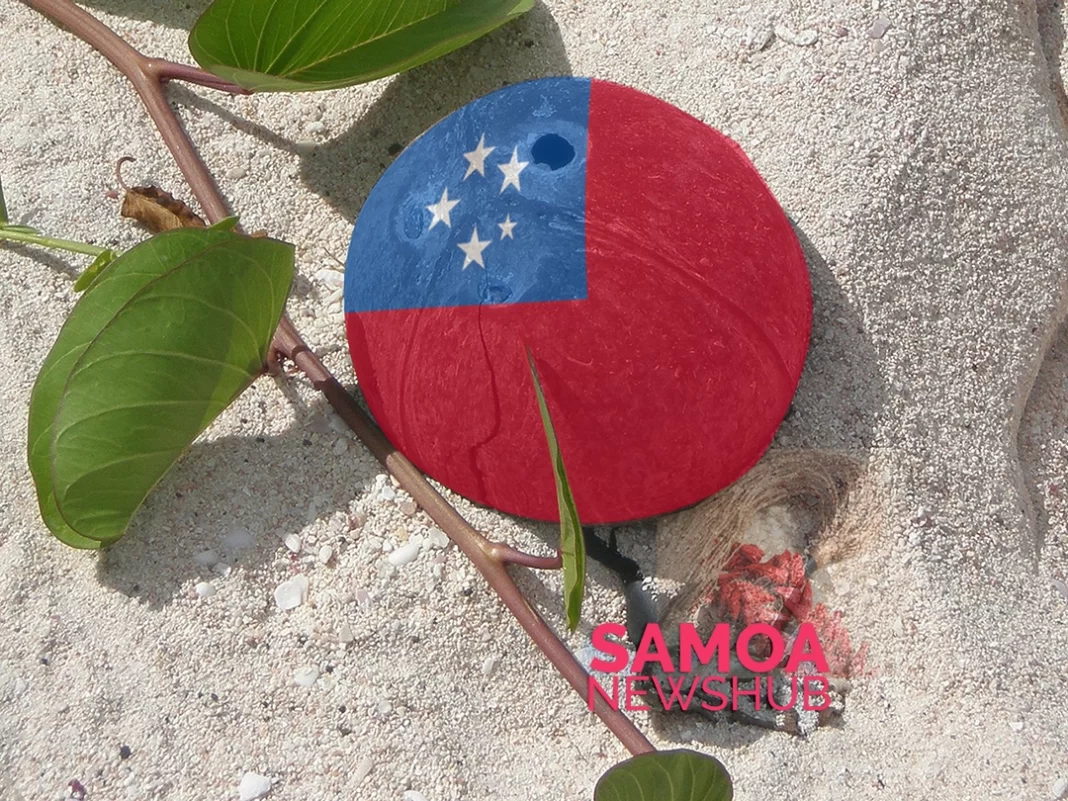Life for the Samoan people in the 1940s was a period marked by significant changes and challenges. Samoa, then under the New Zealand administration, was influenced by global events and experienced both progress and hardships during this time.
Daily living in Samoa during the 1940s centered on subsistence agriculture and fishing. Families relied on cultivating their own crops, such as taro, bananas, yams, and breadfruit, to provide food for their households. Traditional fishing methods were employed to catch fish and other seafood, supplementing their diet. The village system and communal living ensured a collective effort in meeting the needs of the community.
Education began to take on increasing importance during this period. New Zealand administrators recognized the value of education in promoting social and economic progress. Schools were established in various villages, providing children with formal education opportunities. These schools focused on teaching basic literacy and numeracy skills, as well as incorporating aspects of Samoan language, culture, and customs.
Sustaining a living in the 1940s often meant engaging in manual labour and resourcefulness. Many Samoans worked on their plantations, tending to crops or engaging in copra production. Copra, the dried coconut kernel, was a significant export commodity and a vital source of income for many families. Additionally, some Samoans worked as craftsmen, producing traditional handicrafts, mats, and tapa cloth for trade and local consumption.
While modern conveniences were limited, Samoan communities maintained a self-sufficient lifestyle. Traditional homes, known as fale, made from local materials like timber and thatch, provided shelter for families. Villagers relied on natural resources and traditional methods for cooking, using open fires or umu (earth ovens) to prepare meals.
Community gatherings, church services, and cultural ceremonies were crucial in daily life. The Congregational Christian Church of Samoa (CCCS) held significant influence, acting as a central institution for spiritual guidance, education, and social activities. Church services and events served as occasions for Samoans to come together, express their faith, and strengthen community bonds.
Despite the limitations of modern amenities, Samoan people embraced a simple and content way of life, cherishing their cultural heritage and maintaining close-knit familial ties. The interconnectedness of village life and the reliance on traditional practices fostered a strong sense of unity and resilience among the Samoan people, contributing to their ability to sustain their daily needs and preserve their unique way of living in the 1940s.





